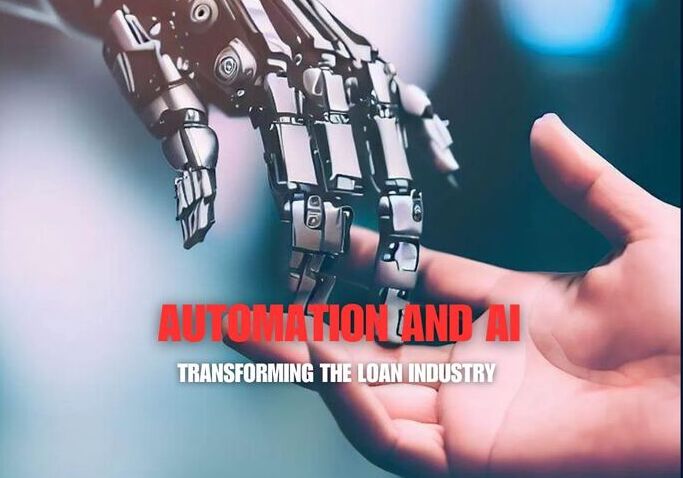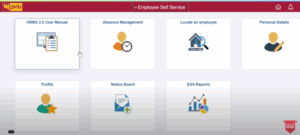How Automation And AI Are Transforming The Loan Industry

Before lenders can approve a loan, they invest the time to learn the applicant’s financial history. Assessing assets and risks used to take days, even weeks. With the rise of automation and AI, decisions that used to require multiple experts can now be done effortlessly with software.
Lenders can worry less about mistakes in data entry or processing, and borrowers can get answers in real time. Here are several ways that automation and AI are changing the loan industry.
1. Loan Searches
When consumers start to look for loan options, they can find a wide variety from the comfort of their homes. AI helps consumers determine the criteria they need to qualify for a loan. Automated systems can assist them in finding convenient loans that fit their qualifications and preferred loan terms.
With this information available, consumers do not have to apply for loans at multiple institutions. They can find the loan that they believe will work best for them and apply there first, with a greater likelihood of success for lender and borrower.
2. Data Processing

Filling out a paper application to be entered manually into a lender’s spreadsheet seems terribly slow, given today’s real-time data processing. Applicants grow bored with the idea of having to enter their information more than once, as they might have had to do for a prequalification and full loan application. Instead, borrowers can enter their information once.
The automated entry system transfers the data to the lender’s systems for loan processing and management. A single point of entry decreases human error and paves the way toward providing results much more quickly.
3. Risk Management
Assessing risk used to require human input, but AI can make effective decisions much faster. Typically, lenders look at an applicant’s income, credit history, existing debts and other factors to determine whether to approve the loan. These days, auto loan management software automates the bulk of it.
The software can seamlessly evaluate the applicant’s information and compare the data to existing models concerning loan success or default, providing a complete risk profile to the loan originator in real time. In this environment, loan officers focus on verifying information, instead of spending valuable time comparing the applicant’s data personally.
4. Decision-Making
With automated processes for search, application and risk management, AI decision-making can happen in a snap. Consumers are accustomed to rapid transactions, especially when looking to their convenience in the online process. They may be less likely to fill out an application if they know that they have to wait for hours or days for a response.
The automated system can use AI to determine if the applicant makes a good candidate for a loan, and provides this response within seconds. Borrowers can decide about a loan and sign documents to agree to the terms, all from the convenience of home, work or another remote location.
5. Account Management
Once the borrower accepts the loan and receives payment, automation can assist the lender in managing the loan. Automated systems help borrowers customize their communication preferences and receive payment reminders at appropriate times.
AI risk models can help lenders determine which accounts are likely to end in default, so that the lender can step up communication and other methods to mitigate the risk. The result is a seamless system that provides practical value for borrowers as well as lenders.
Leveraging AI and Automation to Improve Lending Options
Understanding the opportunities presented by AI and automation, lenders should take care when implementing new processes. Institutions that still rely mostly on human effort may lose out on new revenue, especially if they cannot meet the benefits offered by lenders with automated systems.
Streamlining systems can increase efficiency, lower the likelihood of errors, and meet changing consumer expectations. By adopting these new practices, lenders can create a path to financial success over time.
Bradley Tompkins is Chief Information Officer at Vergent LMS, where he oversees the company’s product and technology initiatives. Tompkins has been with Vergent for nearly 10 years. He supervises customer implementations and vendor integrations to help ensure that Vergent’s platform is consistently performing at a high level for all users and partners.






